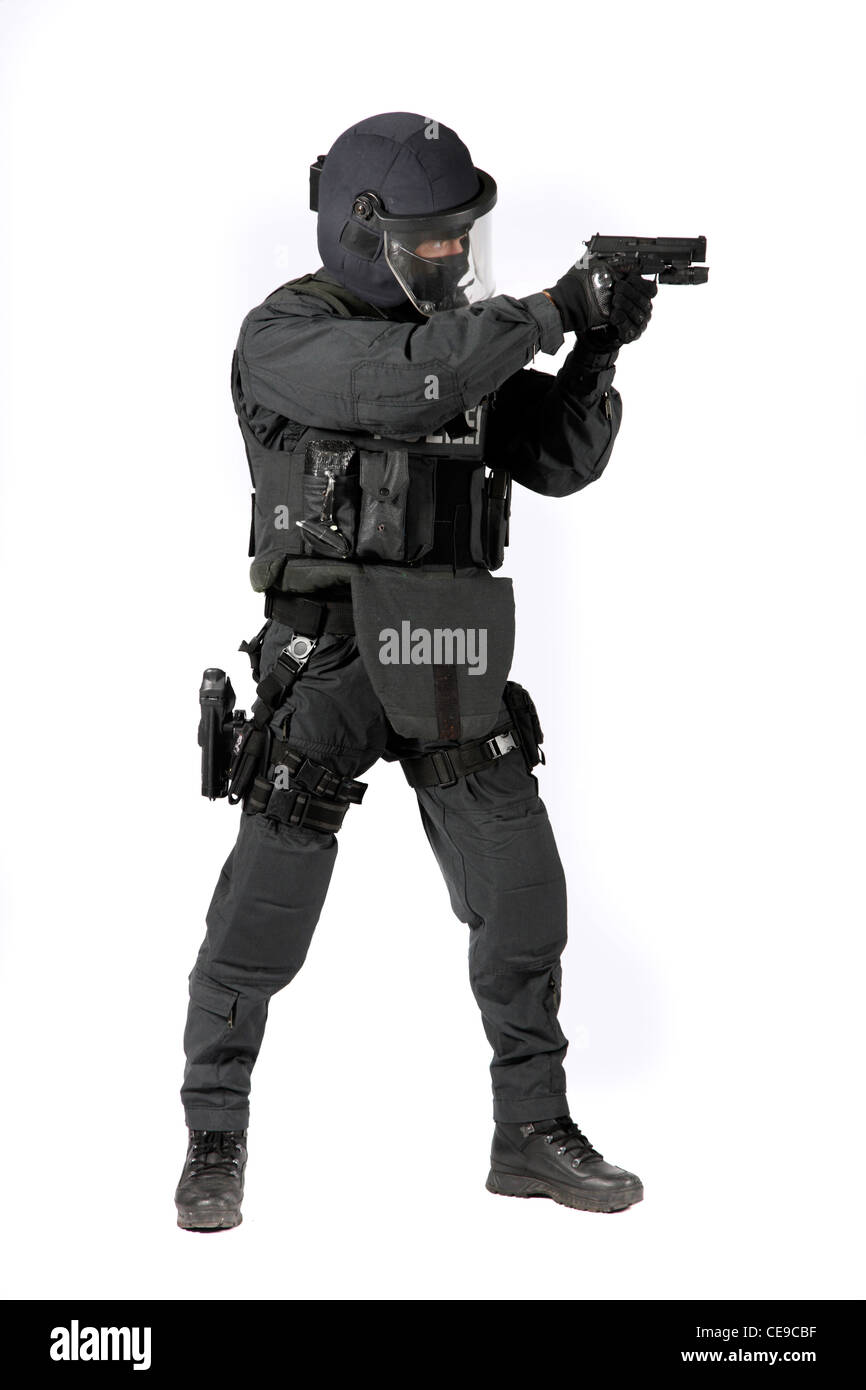When it comes to law enforcement, SWAT teams are often seen as the elite force within police departments. The term SWAT is frequently mentioned in media and entertainment, but many people may not fully understand what it stands for or the critical role these units play in ensuring public safety. This article aims to shed light on SWAT's meaning, its origins, and the vital functions these specialized teams perform across various cities in the United States.
SWAT teams represent a crucial component of modern policing, specializing in high-risk situations that require advanced skills and equipment. Their ability to respond effectively to complex scenarios makes them indispensable in today’s world. By understanding their role and responsibilities, we gain insight into how they contribute to maintaining order and protecting communities nationwide.
SWAT stands for Special Weapons And Tactics, representing an essential unit within police forces designed to handle dangerous situations beyond the scope of regular officers. These highly-trained professionals provide round-the-clock responses to incidents requiring specialized expertise such as hostage rescues, counter-terrorism operations, and serving high-risk warrants. Much of what SWAT does involves supporting other units by bringing unique capabilities to the table when conventional methods fall short.
Elite Training and Tactical Expertise
The Specialized Services Division (SSD) within the Honolulu Police Department exemplifies the diverse functions carried out by SWAT teams. This division focuses on tasks demanding specialized skills, where SWAT plays a pivotal role through extensive training regimens. Their preparation ensures readiness for any challenge, from natural disasters to active shooter events.
Honolulu Police Department's SWAT team trains rigorously to maintain peak performance levels. Through simulations and real-world exercises, members develop proficiency in areas like breaching techniques, sniper support, and emergency medical care under pressure. Such comprehensive training equips them to manage unpredictable threats efficiently while minimizing risks to civilians and fellow officers alike.
Furthermore, collaboration with federal agencies enhances their capacity to address large-scale crises. By integrating cutting-edge technology and tactical knowledge gained from joint operations, Honolulu's SWAT remains at the forefront of modern policing strategies tailored to urban environments.
Innovative Approaches in Urban Policing
Within the San Antonio Police Department (SAPD), SWAT forms part of the broader Special Operations division. Here, specialized law enforcement units work together to tackle specific challenges faced by the city. From drug interdiction efforts to managing large public gatherings, each unit brings distinct strengths that complement one another.
San Antonio's SWAT team leverages innovative approaches to enhance community engagement and trust-building initiatives. Officers participate in outreach programs aimed at educating residents about their mission and fostering mutual respect between citizens and first responders. These interactions help dispel misconceptions surrounding SWAT activities and promote transparency regarding their deployment protocols.
Moreover, SAPD invests heavily in continuous professional development for all personnel involved in special operations. Regular workshops and seminars keep officers informed about emerging trends in criminal behavior and technological advancements applicable to fieldwork. As a result, San Antonio benefits from a well-prepared SWAT contingent capable of adapting swiftly to evolving security landscapes.
A Legacy of Service Excellence
According to Wikipedia, SWAT teams originated during the turbulent 1960s as a response to increasing violence against law enforcement officers. Since then, they have evolved significantly, becoming integral components of police departments across America. Their primary function revolves around employing special weapons and tactics to resolve volatile situations safely and effectively.
While originally conceived as localized solutions, SWAT has grown into a globally recognized model for handling extreme emergencies. Departments worldwide adopt similar frameworks based on American experiences, emphasizing teamwork, discipline, and adaptability. Today, SWAT represents more than just equipment; it embodies a philosophy centered on achieving optimal outcomes through calculated actions.
Despite occasional controversies surrounding their use, there's no denying SWAT's importance in contemporary society. They serve as guardians against escalating threats, safeguarding both public welfare and officer safety. With ongoing refinement of methodologies and incorporation of new technologies, SWAT continues to uphold its legacy of service excellence in challenging times.

